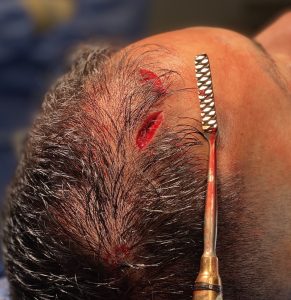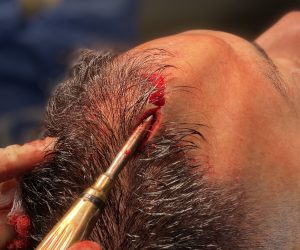Background: The shape of the forehead is significantly influenced by the thickness and contours of its underlying bone. Changing the shape of the forehead bone is done for a variety of topographic reasons, one of which is asymmetry. Increased fullness on one side of the forehead is not rare and when present almost always involves the upper half of the forehead. Upper forehead bulging is what is usually seen and may only be a few mllimeters in prominence but is disconcerting for the patient nonetheless.
Treating bony forehead asymmetry which requires reduction involves two important issues, what is going to be the incisional access and how is the bone could be reduced/shaved down? Incisional access is the key question and almost always has to be done from a superior scalp or hairline approach. The frontal hairline incision provides the most effective point of access because it permits a linear line of instrument use. This is particularly relevant when using a high speed burring technique but the distance from the incision that can be accessed is limited.
Another forehead bony reduction technique that can be useful is rasping, a little used bone reduction method outside of nose reshaping surgery. Rasping is used in rhinoplasty for dorsal hump reduction/refinement precisely because the incisional access is very limited. Nasal ramps have a range of tooth sizes that permit aggressive reduction to the equivalent of smoothing the surface of the nasal bones. The most commonly used nasal rasps are #1 through #4. Higher numbered or larger toothed rasps are far less commonly used particularly in the very large toothed #s 7 and 8. I have found such aggressive nasal rasps to he very effective in certain types of skull reductions where limited amounts of bone reduction are needed. Their long length and the ability to be used on the convex surface of the forehead and skull.
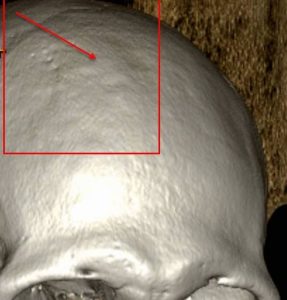
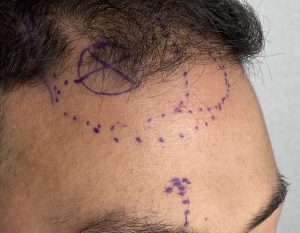
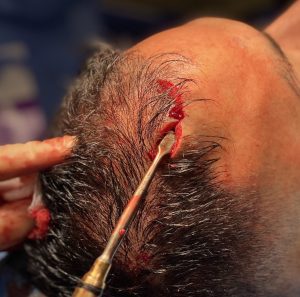
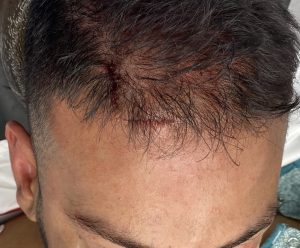
Case Highlights:
1) Limited forehead bony reductions are best done with a rasping technique rather than a high speed burring.
2) Rasps have the ability to reach forehead and skull areas through small incisions that a high speed handpiece can not.
3) Forehead rasping takes longer than burring as the bone reduction is slower but more controlled.
Dr. Barry Eppley
Indianapolis, Indiana




